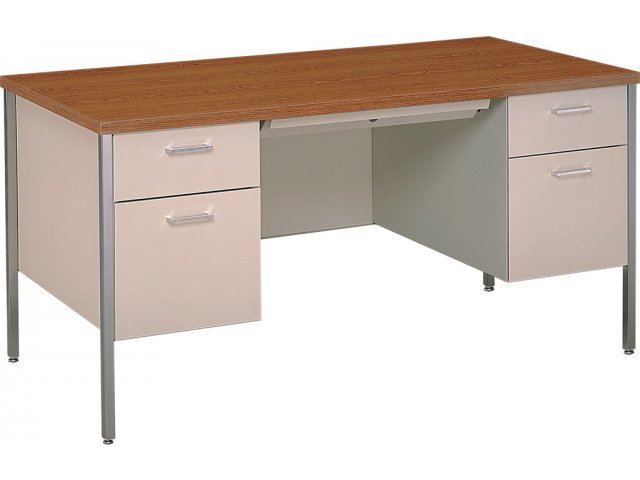Block scheduling during pandemic teaching allows me a little more free time during the school day, so I like to get out of my room, off my screens, and take walks around the building. The other day, I passed by the open door of one of our newest teacher's classrooms. I could hear them calling roll. What are they doing? I thought.
I haven't called roll aloud in years: once I have an established seating chart (determined by the students or me - it depends on the situation), I simply glance at who is in their seat and who isn't while the students work on something productive. Or in pandemic teaching, I rely on a Google Meet add-on to record who is present. Either way, I don't "waste time" calling roll.
But what if it isn't a waste of time. As the teacher called the students' names, I could hear the kids responding from the Google Meet. Hmmm, I thought. I have students who have been silent since the school year began. They might unmute if I call on them, but I don't make a habit of that because I don't like to put students on the spot. In an attempt to hear more voices, back in October, I did start calling on students to read our daily learning objective aloud. It's an expected, low-risk opportunity. I still give them an opportunity to "pass" but very few do. I also keep a record of who has spoken, so I can be sure to call on everyone.
But this idea of calling roll...it made me think of a couple of other teachers. I know of a math teacher who does an attendance question; essentially, she calls roll, but instead of students responding "here" or "present", they respond with their answer to a question. She did this pre-pandemic, and she continues now. Similarly, there is a Spanish teacher who poses a question at the beginning of class, and then calls on each student to respond verbally. She keeps a record as well.
I was just lamenting to a colleague yesterday that after this year, there will be some students I have no memory of: they don't speak on their mic, they don't turn on their camera, and they use an image for their profile - not a picture of themselves. All of these things are within their rights as a student, and I respect that, but I'm sad to think that I won't have memories of some of them in the future.
It's up to me to change that...
